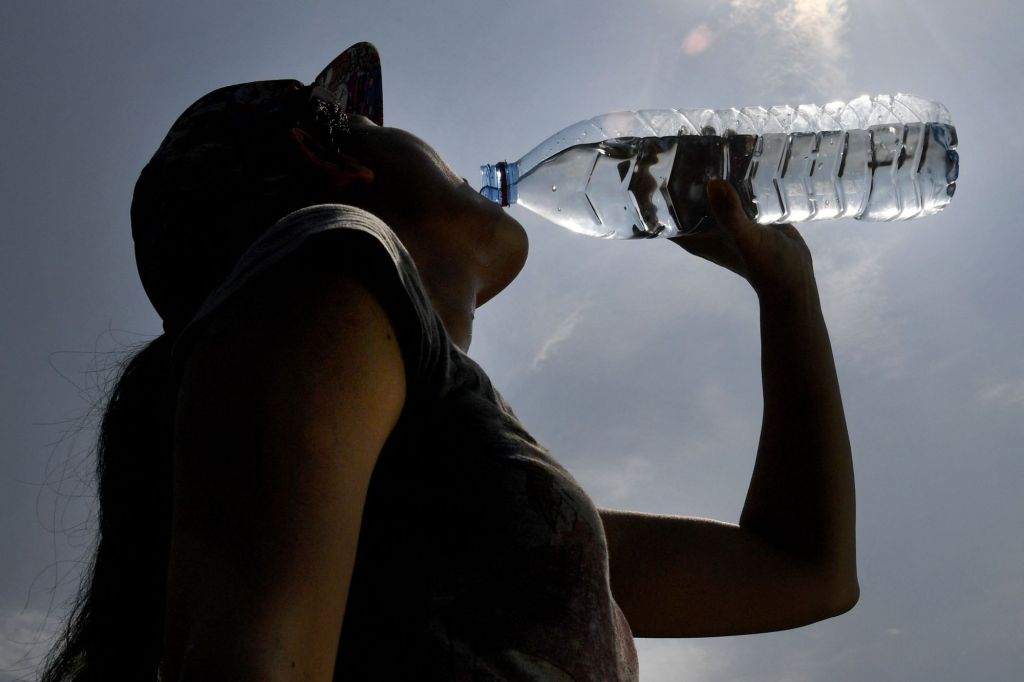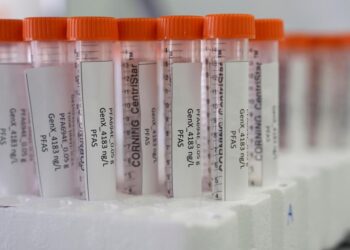Dr. Ivan Porter II, a Mayo Clinic nephrologist, describes intense weather areas, such as the South and Southwest, as the kidney stone belt. This is where research shows kidney stones are more prevalent.
Dehydration in these hot climates, combined with certain diets, are increasing risks that can result in the pain of kidney stones. Additionally, Mayo Clinic researchers concluded that diets with daily intake of calcium and potassium may help prevent first-time or recurrent kidney stones.
What goes into the body makes its way into the bloodstream, and the job of the kidneys is to filter blood.
“They filter out electrolytes and minerals, and sometimes those minerals can actually deposit in areas within the kidney in the urinary tract,” says Dr. Porter.
Those deposits are known as kidney stones, and they affect about 1 in 10 people.
Genetics, medications and medical conditions can increase the risk of stones, but lowering the risk starts with drinking more fluids, especially when you start to sweat.
“Summertime, lots of heat, lots of outside activities, maybe the same amount of fluid as you normally drank, which may not have been enough in the first place,” says Dr. Porter.
What you’re drinking and eating matters. Sugary drinks, salty foods and diets high in animal protein can contribute to dehydration and lead to kidney stones.
Dr. Porter says if you notice signs of stones, consult a health care professional.
“Abdominal pain, groin pain, back pain, radiating pain that occurs, and sometimes blood in the urine,” says Dr. Porter.
___
©2023 Mayo Clinic News Network. Visit newsnetwork.mayoclinic.org. Distributed by Tribune Content Agency, LLC.
Read the full article here







